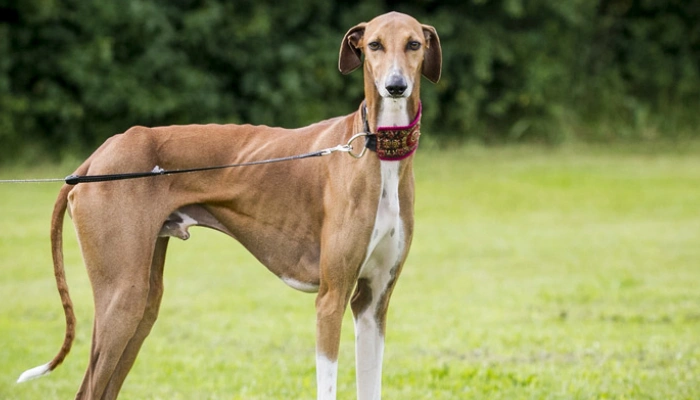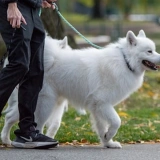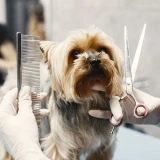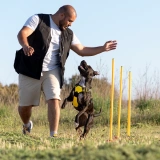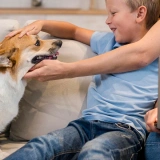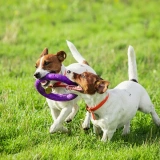Azawakhs are intelligent and clean but highly independent. Training should be gentle and based on trust—harsh corrections may shut them down. Early socialization is essential, as they can be wary or even reactive toward strangers if not properly exposed from a young age.
They have extremely short coats and virtually no body fat, so they are sensitive to cold and require soft bedding and possibly coats in cooler climates. Their grooming needs are minimal, but they are prone to autoimmune conditions, hip dysplasia, and bloat. This is a breed best suited for calm, experienced handlers who respect their dignity and space.

